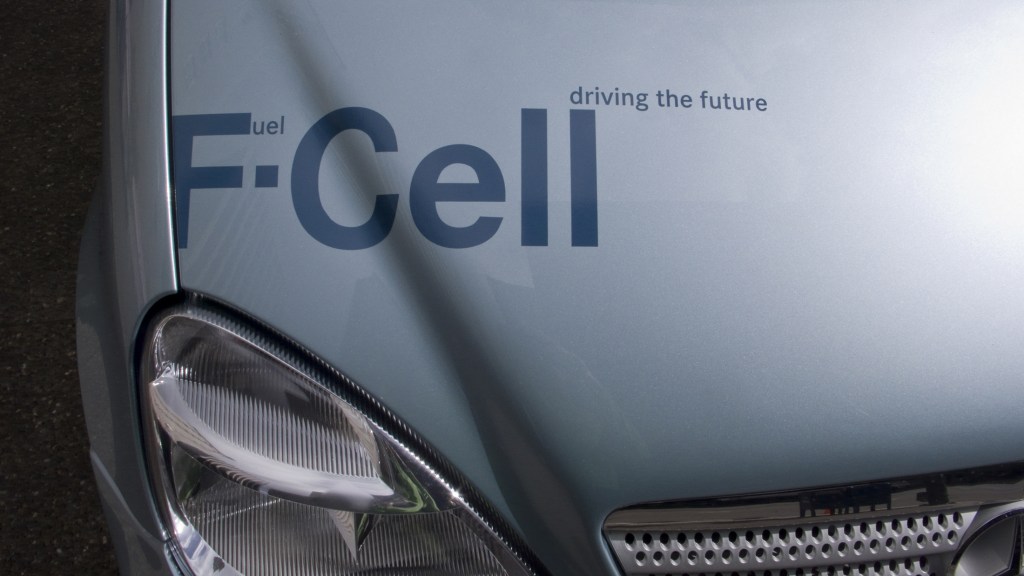Conservancy NatureNet Fellow Sen Zhang and his colleagues recently announced a new process that overcomes a key obstacle to the wider adoption of fuel cells that could power our cars and homes with clean, renewable energy: their prohibitive cost.
First, a quick lesson in the anatomy of a polymer electrolyte membrane fuel cell (PEMFC): it consists of two electrodes separated by an electrolyte and includes a catalyst on each electrode that facilitates a chemical reaction. In a hydrogen fuel cell, for example, oxygen reacts at one electrode (oxygen reduction reaction) and hydrogen at the other (hydrogen oxidation reaction), generating electricity and water.
Right now, the catalyst of choice in PEMFCs is platinum (Pt). This is a problem because the need for platinum, a scarce and precious element, makes large-scale commercial production impractical.
To solve the Pt problem, scientists have turned to nanotechnology to reduce the mass necessary to produce reliable catalytic reactions and electrical power. In a new paper in the Journal of the American Chemical Society, Conservancy NatureNet Fellow Sen Zhang and his co-authors, describe a new process to produce uniform Pt nanocatalysts with a unique structure and ultralow Pt content. In laboratory testing, the nanoparticles are much more active and durable than current commercial Pt nanocatalysts.
By creating a method to develop advanced nanoparticles that are efficient, durable, and uniform in size with most of the Pt remaining at the surface, Zhang and his co-authors have found a way to produce less expensive nanocatalysts that can be applied to many different types of technology and may ultimately help fuel cells be more widely applicable and affordable.




Join the Discussion